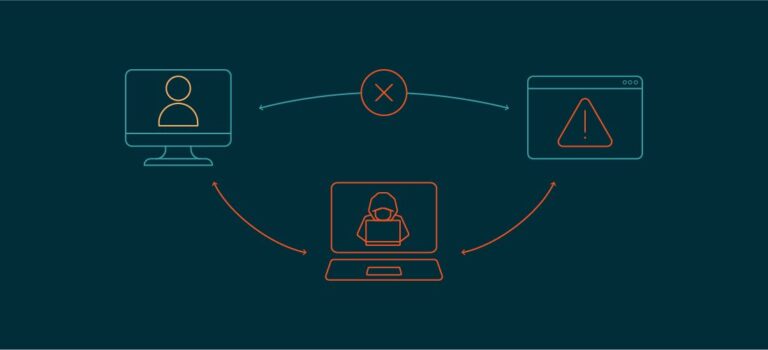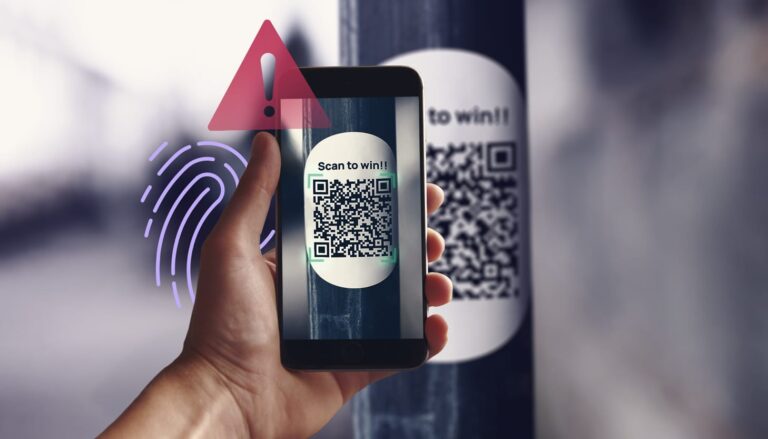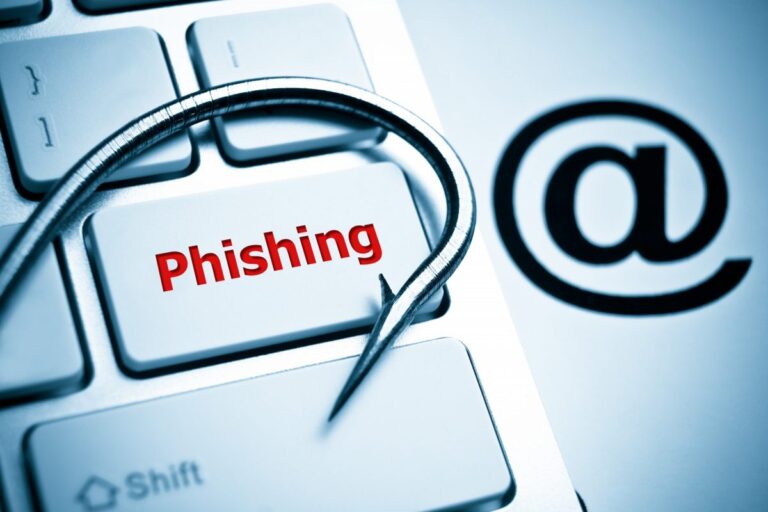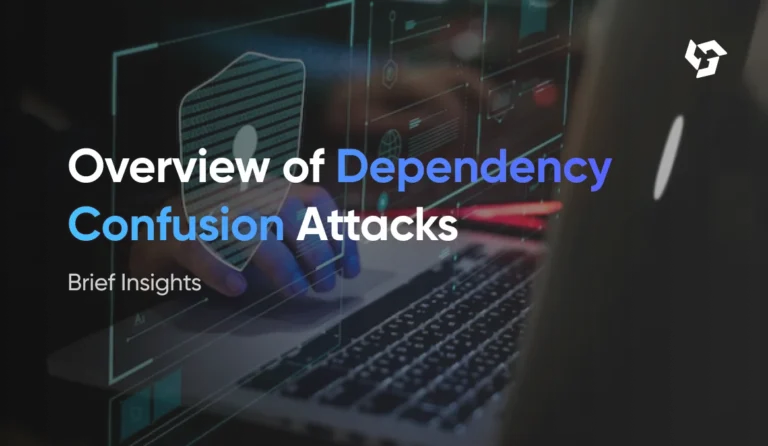Leaked Data: How to Know If Your Information Has Been Compromised and What to Do About It
Introduction
In the digital era, data leaks and breaches are no longer isolated incidents. They happen with alarming frequency, affecting billions of users worldwide. A data leak can expose sensitive personal information such as your name, email, password, address, credit card number, or even government-issued IDs. Once leaked, this data can be used by cybercriminals to commit fraud, steal identities, or launch phishing attacks.
This comprehensive guide explores what data leaks are, how they happen, how to check if your data has been leaked, and—most importantly—what you can do to protect yourself.
What Is a Data Leak?
A data leak is the unintentional exposure of sensitive information. Unlike a data breach—which typically involves malicious intent—data leaks may occur due to:
- Poor security configurations
- Accidental publication of data
- Insider threats
- Vulnerabilities in software or systems
Common Types of Data Leaked
- Email addresses
- Passwords (often hashed but sometimes in plain text)
- Phone numbers
- Credit card information
- Bank account details
- Social Security numbers
- Home addresses
- IP addresses
- Browsing histories and cookies
Notable Data Breaches in Recent Years
- Yahoo (2013–2014): Over 3 billion accounts compromised
- Equifax (2017): 147 million users’ data leaked
- Facebook (2019): 530 million user profiles exposed
- LinkedIn (2021): 700 million users affected
- T-Mobile (2021): Personal data of over 40 million users leaked
How to Check If Your Data Has Been Leaked
1. Have I Been Pwned (https://haveibeenpwned.com/)
Created by security expert Troy Hunt, this free service allows you to check if your email or phone number appears in any known data breach.
Steps:
- Visit https://haveibeenpwned.com/
- Enter your email address or phone number
- View a list of breaches you were involved in, including what data was exposed
2. Firefox Monitor (https://monitor.firefox.com/)
Another great tool backed by Mozilla that checks your email against known breaches.
Steps:
- Go to https://monitor.firefox.com/
- Enter your email
- Sign up for breach alerts if you want ongoing monitoring
3. DeHashed (https://www.dehashed.com/)
DeHashed is a powerful tool that allows you to search across multiple datasets using emails, names, usernames, IPs, and more. It’s more advanced and often used by professionals.
Steps:
- Visit https://www.dehashed.com/
- Create a free account (some features are premium)
- Search your name, email, or username
4. LeakCheck (https://leakcheck.io/)
This platform offers both free and paid breach checking with more detailed results.
Steps:
- Navigate to https://leakcheck.io/
- Use the free email/username lookup or register for deeper results
5. GhostProject (https://ghostproject.fr/)
A lesser-known but effective service for checking leaked credentials.
Steps:
- Visit https://ghostproject.fr/
- Enter your email or username
6. Intelligence X (https://intelx.io/)
An OSINT search engine that indexes data from leaks, breaches, and darknet sources.
Steps:
- Go to https://intelx.io/
- Search by email, domain, or other identifiers
How Leaks Happen
1. Phishing Attacks
Users are tricked into providing login details through fake websites or emails.
2. Poor Database Security
Misconfigured databases that are left exposed to the internet.
3. Outdated Software
Security vulnerabilities in unpatched software allow attackers to access sensitive data.
4. Third-Party Vendors
Many companies rely on external services that may not maintain strong security practices.
5. Public Wi-Fi Exploits
Intercepting data over unsecured wireless networks.
What to Do If Your Data Has Been Leaked
1. Change Your Passwords Immediately
- Use strong, unique passwords for each account
- Avoid reusing passwords across services
- Use a password manager (e.g., Bitwarden, 1Password, LastPass)
2. Enable Two-Factor Authentication (2FA)
- Adds an extra layer of protection beyond your password
- Use authenticator apps (e.g., Google Authenticator, Authy)
3. Monitor Your Financial Accounts
- Check bank and credit card statements
- Set up fraud alerts
- Consider credit monitoring services
4. Notify Relevant Parties
- Contact your bank if financial data was leaked
- Report identity theft to authorities (e.g., FTC for US citizens)
5. Be Vigilant of Phishing Attempts
- Do not click on suspicious links
- Verify senders before responding
- Use email services with strong spam protection
6. Freeze Your Credit (if needed)
- Prevent new accounts from being opened in your name
- Contact credit bureaus (Experian, Equifax, TransUnion)
Preventing Future Data Leaks
1. Use Secure Passwords and a Password Manager
Random, long passwords reduce the risk of brute force attacks.
2. Avoid Public Wi-Fi or Use a VPN
Protects your data from interception on public networks.
3. Keep Software Updated
Install updates for operating systems, browsers, and applications.
4. Limit Information Shared Online
Be cautious about what you post on social media or forums.
5. Educate Yourself and Others
Awareness is a key defense. Regularly update your knowledge about cybersecurity.
Conclusion
Data leaks are a persistent and growing threat in the digital world. Knowing how to check if your data has been compromised and taking the right actions can greatly reduce the risk of harm. Use the tools provided in this guide regularly, and stay proactive about your digital security. Prevention, vigilance, and education are your best defenses in an increasingly interconnected world.
Stay safe. Stay informed. Stay secure.






